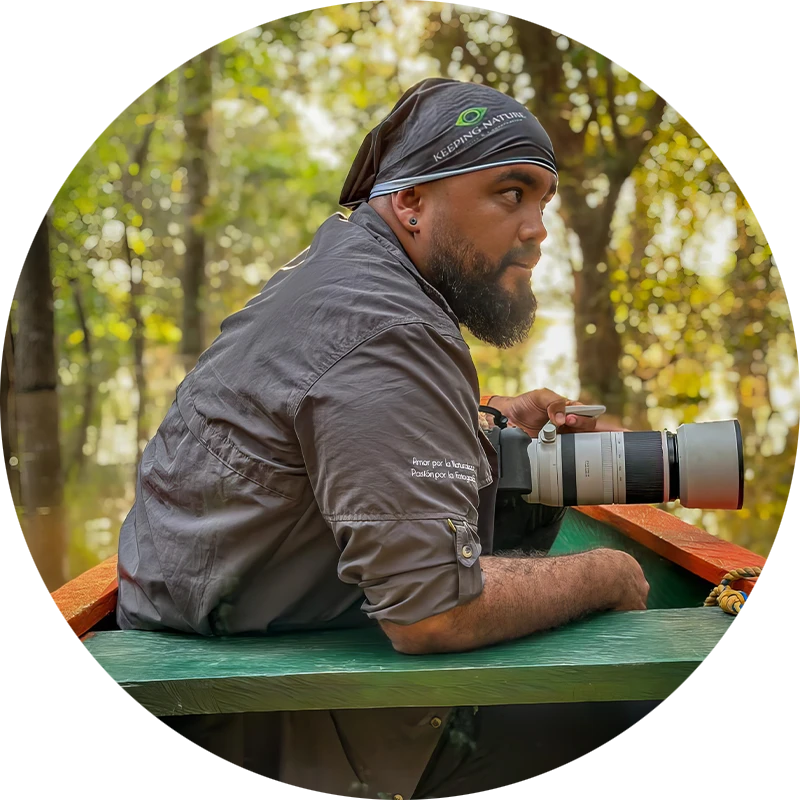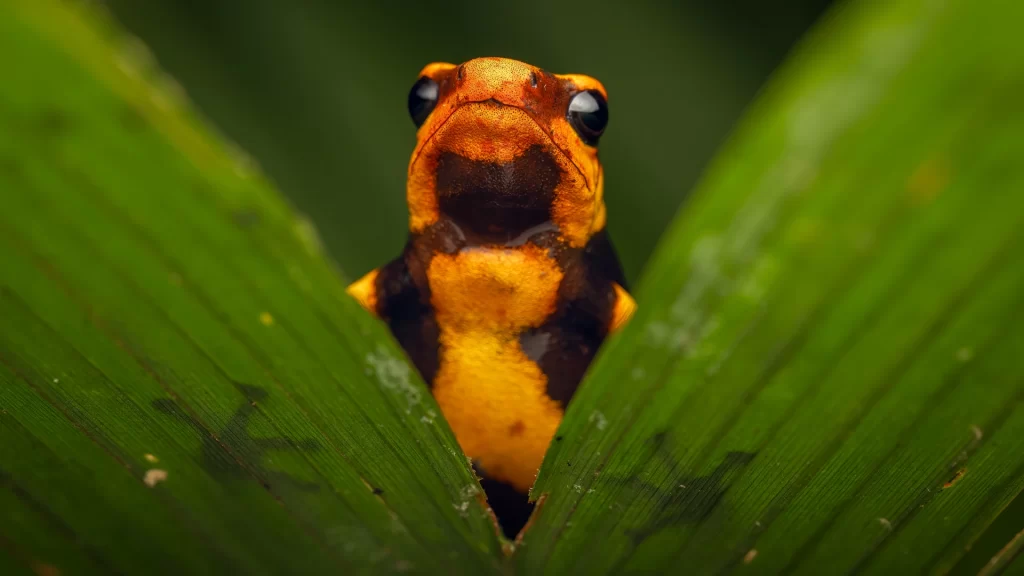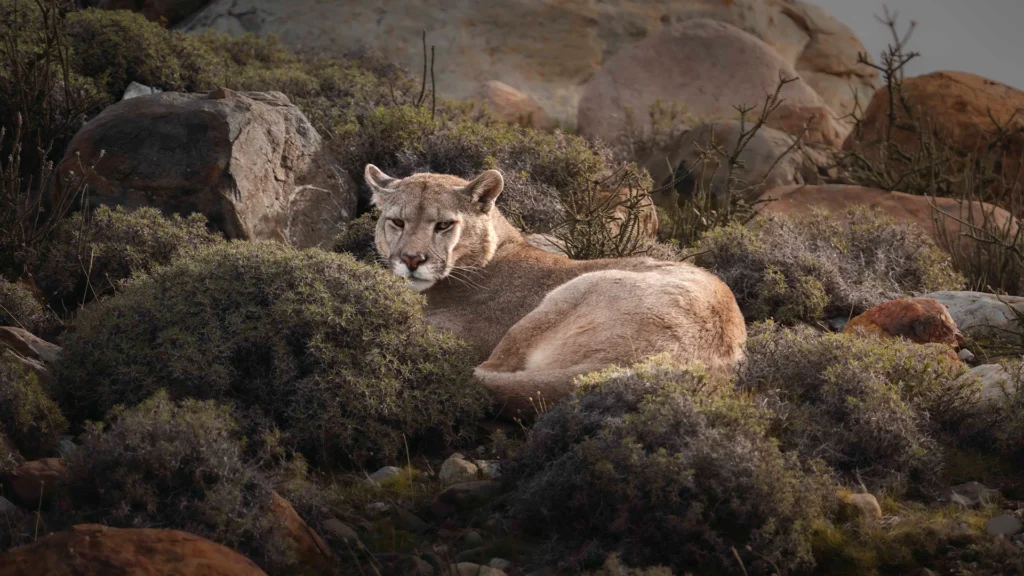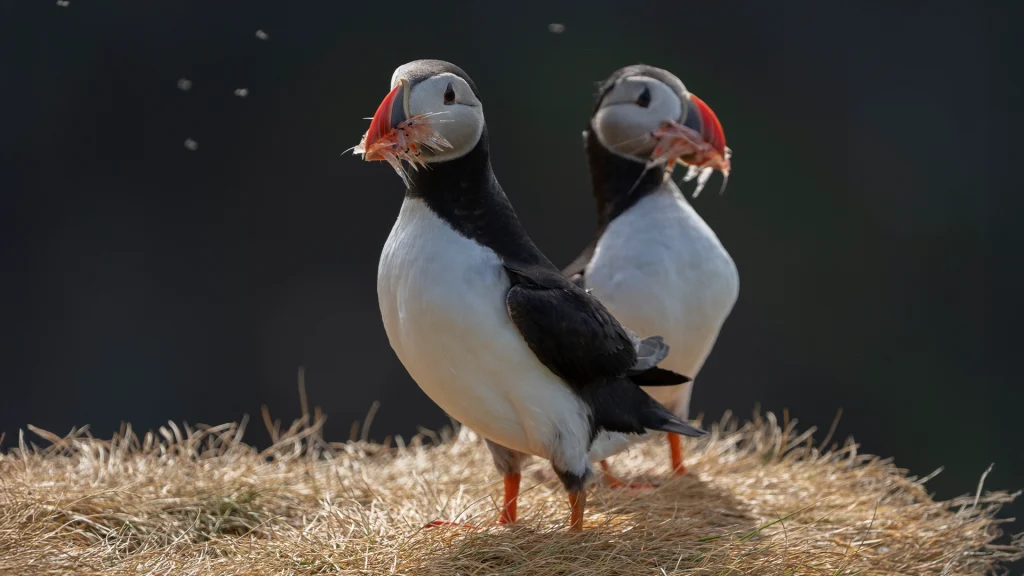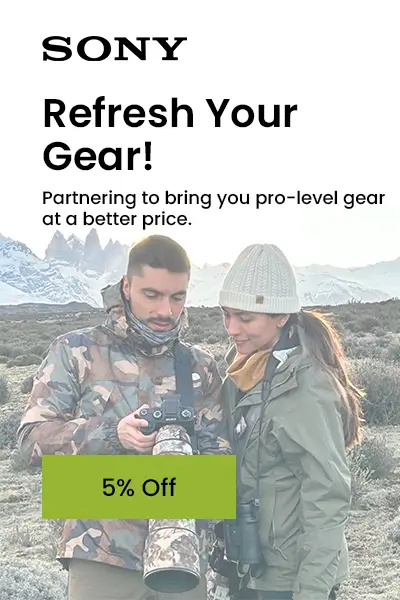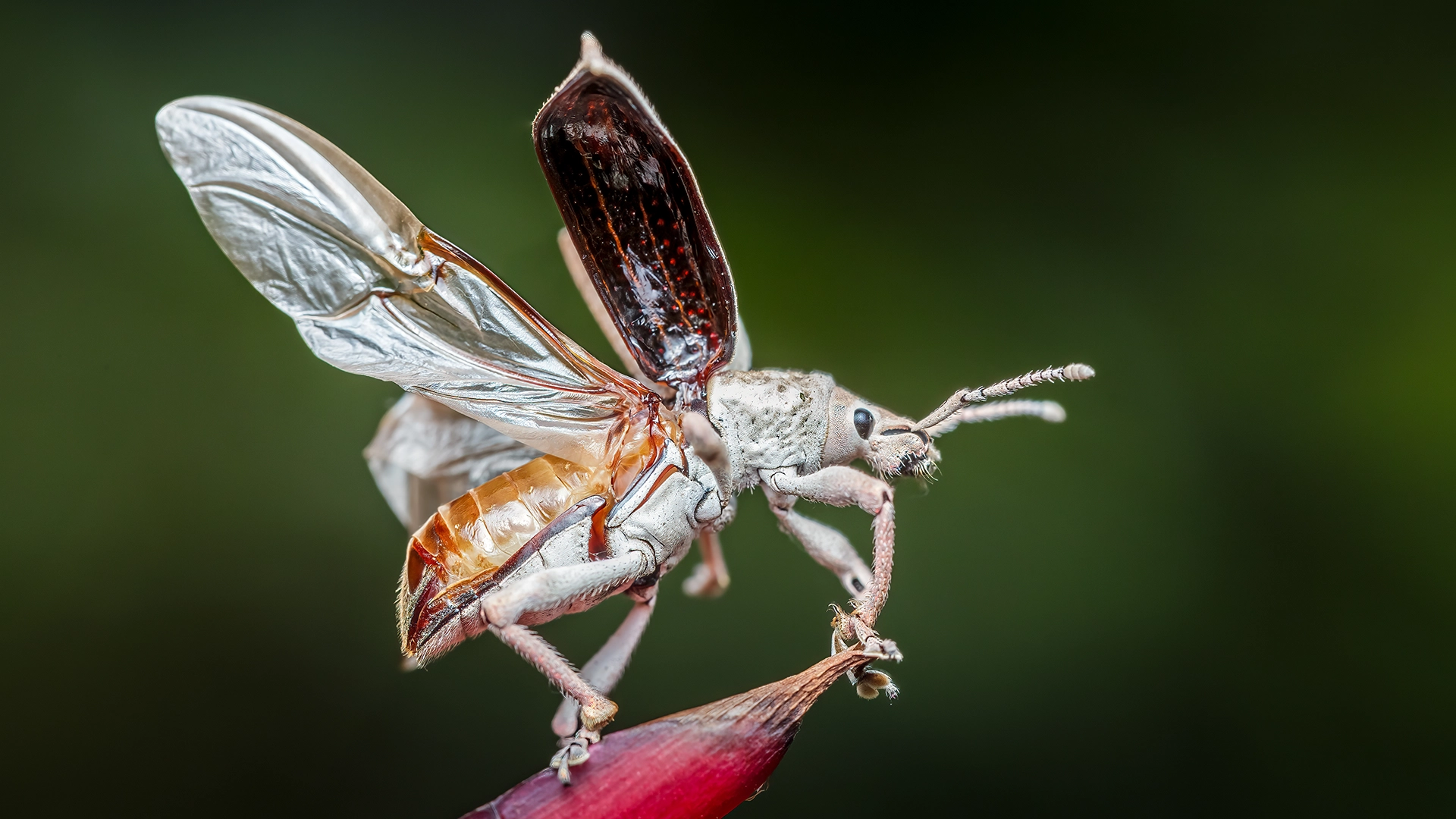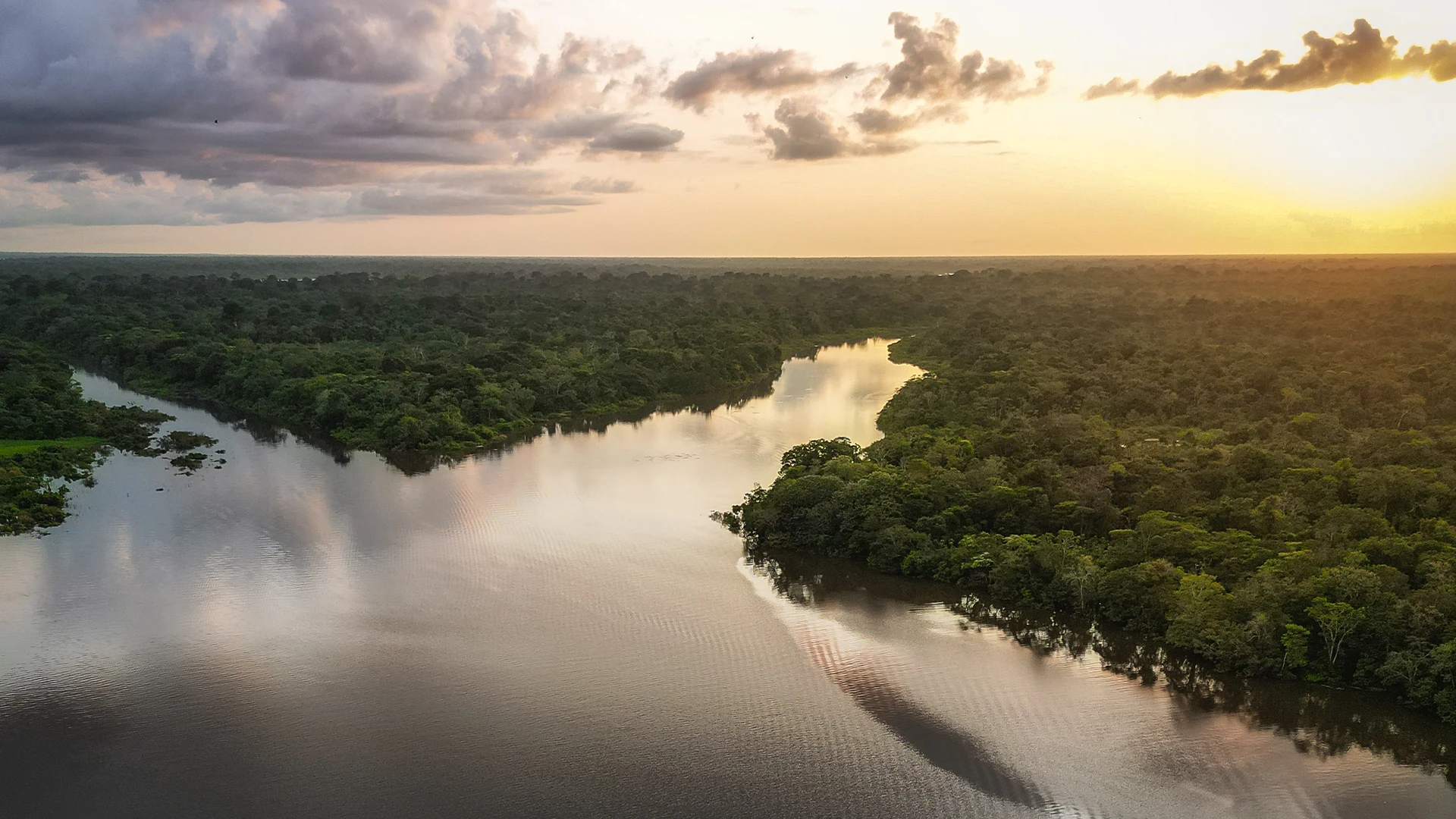What is Herping and Why is Colombia a Top Destination?
What is Herping?
Herping is the activity of searching for, observing, and occasionally photographing amphibians and reptiles in their natural habitat. This practice combines a love for nature with scientific and photographic interest, offering unique experiences in diverse environments.

Lehmann’s Poison Frog (Oophaga lehmanni), one of Colombia’s most striking and endangered poison frogs, thrives in the humid forests of the Pacific region. Its vibrant coloration is a visual warning of its toxicity, a powerful example of how amphibians play a vital role in Colombia’s herpetological richness. Photo: Jhonattan Vanegas.
Why is Colombia a Paradise for Herpers?
Colombia, known for its megadiversity, is home to 833 species and 14 families of amphibians, and 674 species and 27 families of reptiles. Its variety of ecosystems, from humid rainforests to páramos (high-altitude neotropical moorland) provides ideal habitats for a vast range of herpetofauna. But Colombia’s richness goes beyond numbers: it is a living laboratory of evolution, adaptation, and endemism.
A Landscape that Fragments and Diversifies
The country’s three Andean mountain ranges, the isolated Sierra Nevada de Santa Marta, and massifs like the Colombian Massif, have created “ecological islands” such as the páramos, where fauna have evolved in isolation, leading to high rates of speciation.Species Adapted to Extreme Environments
Many amphibians in Colombia’s páramos have developed direct development, a reproductive strategy allowing them to bypass aquatic larval stages. Over 70% of páramo species exhibit this trait, enabling survival in cold, UV-rich environments.Endemic Clades of Global Importance
Genera like Pristimantis have evolved distinct lineages exclusive to high-altitude Andean and páramo habitats. These clades didn’t migrate from lowlands, they speciated right where they are, making Colombia a hotspot of evolutionary endemism.Exceptional Altitudinal and Climatic Gradients
From the humid Pacific lowlands of Chocó to the alpine páramos at 4,000+ meters, Colombia allows you to observe poisonous frogs and highland salamanders in a single trip—ideal for wildlife photographers and researchers alike.
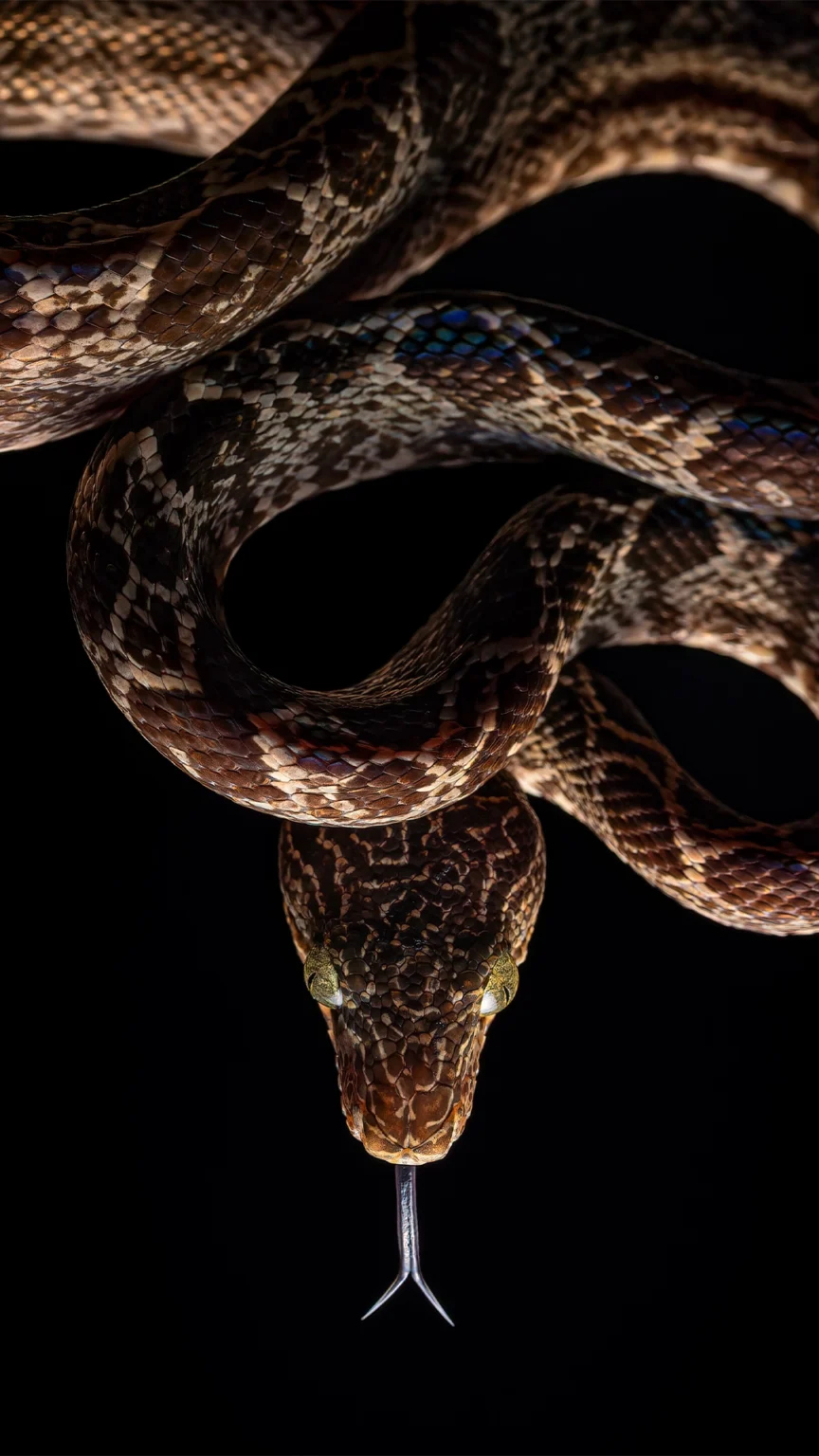
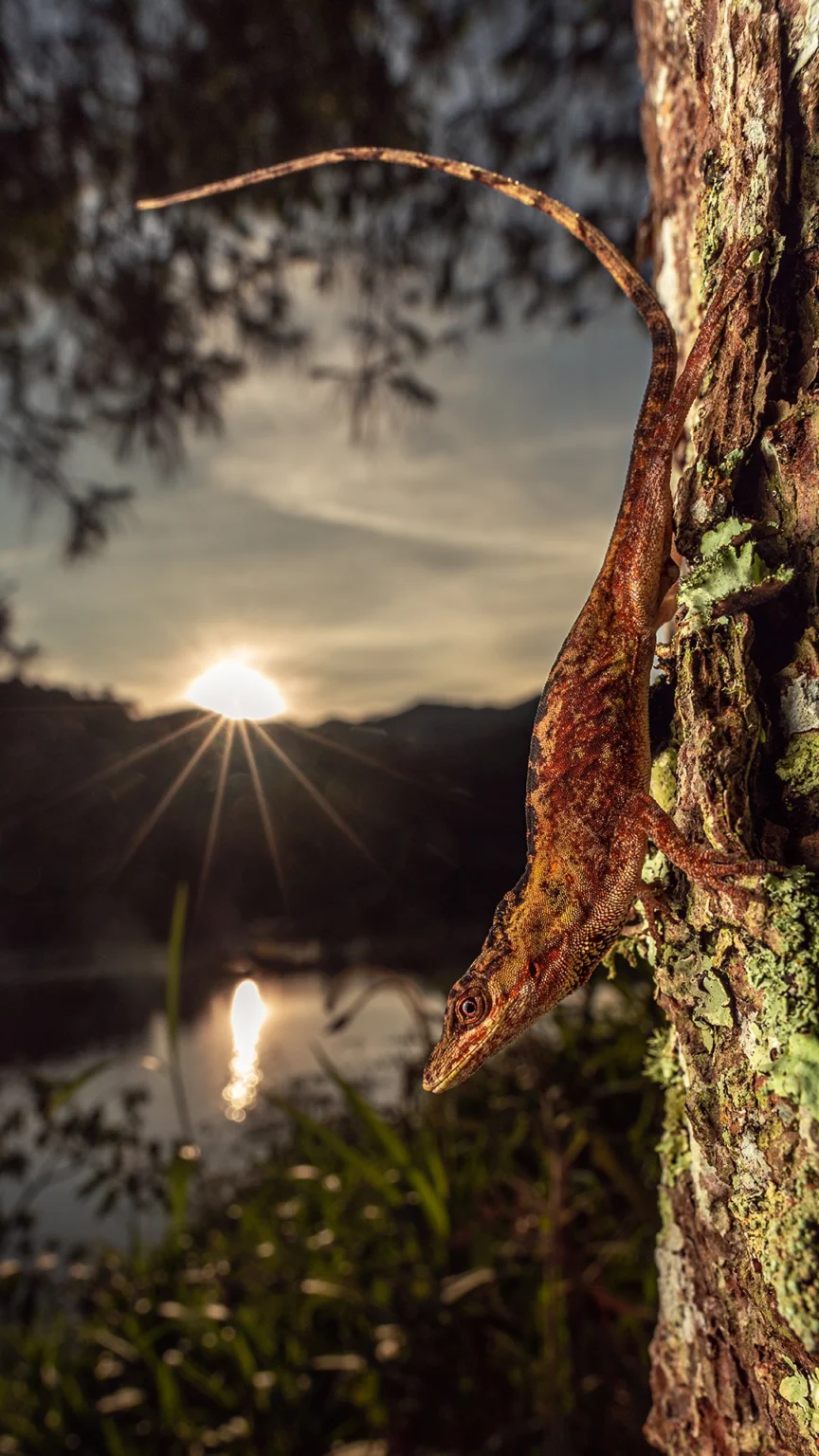

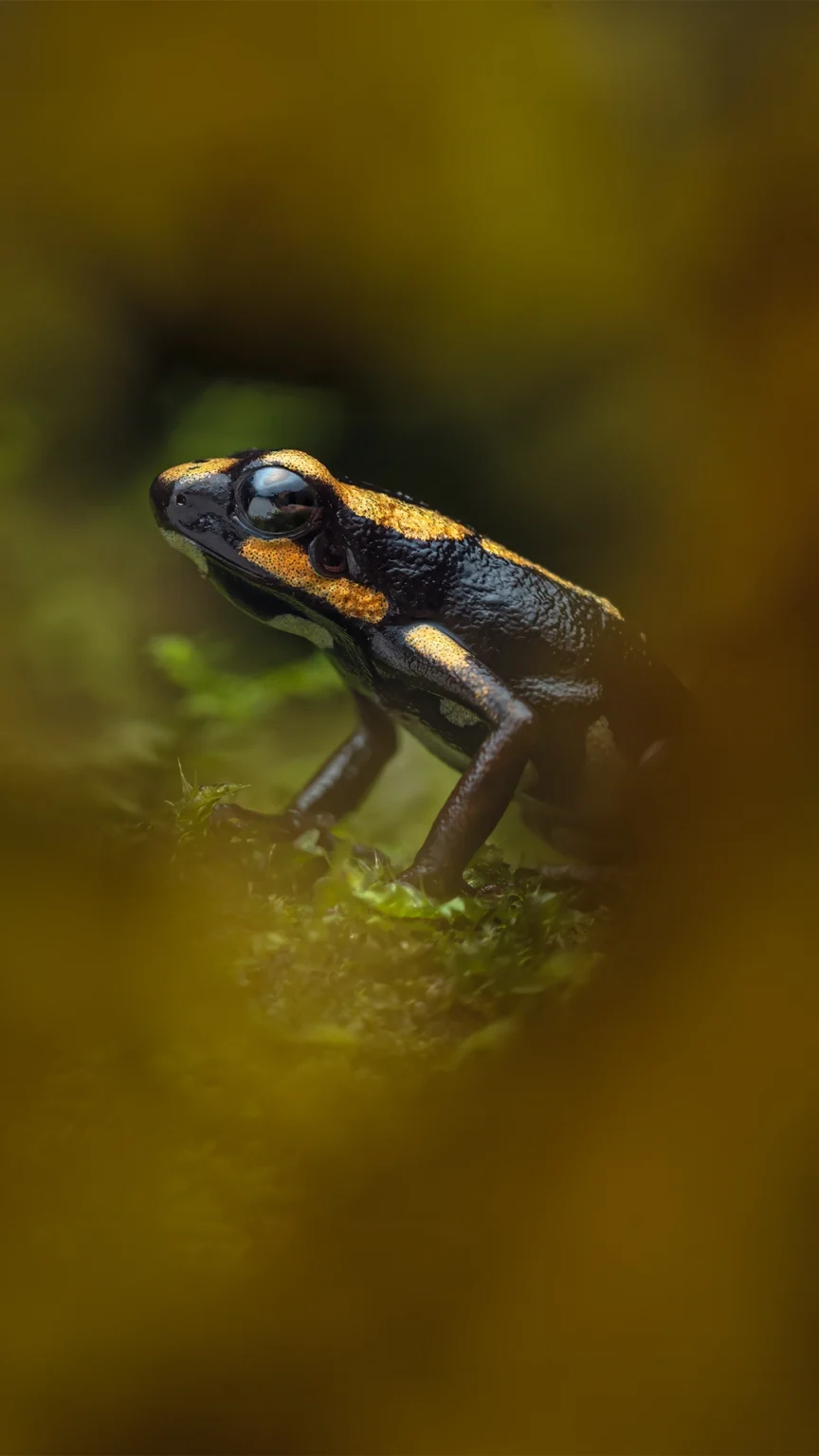
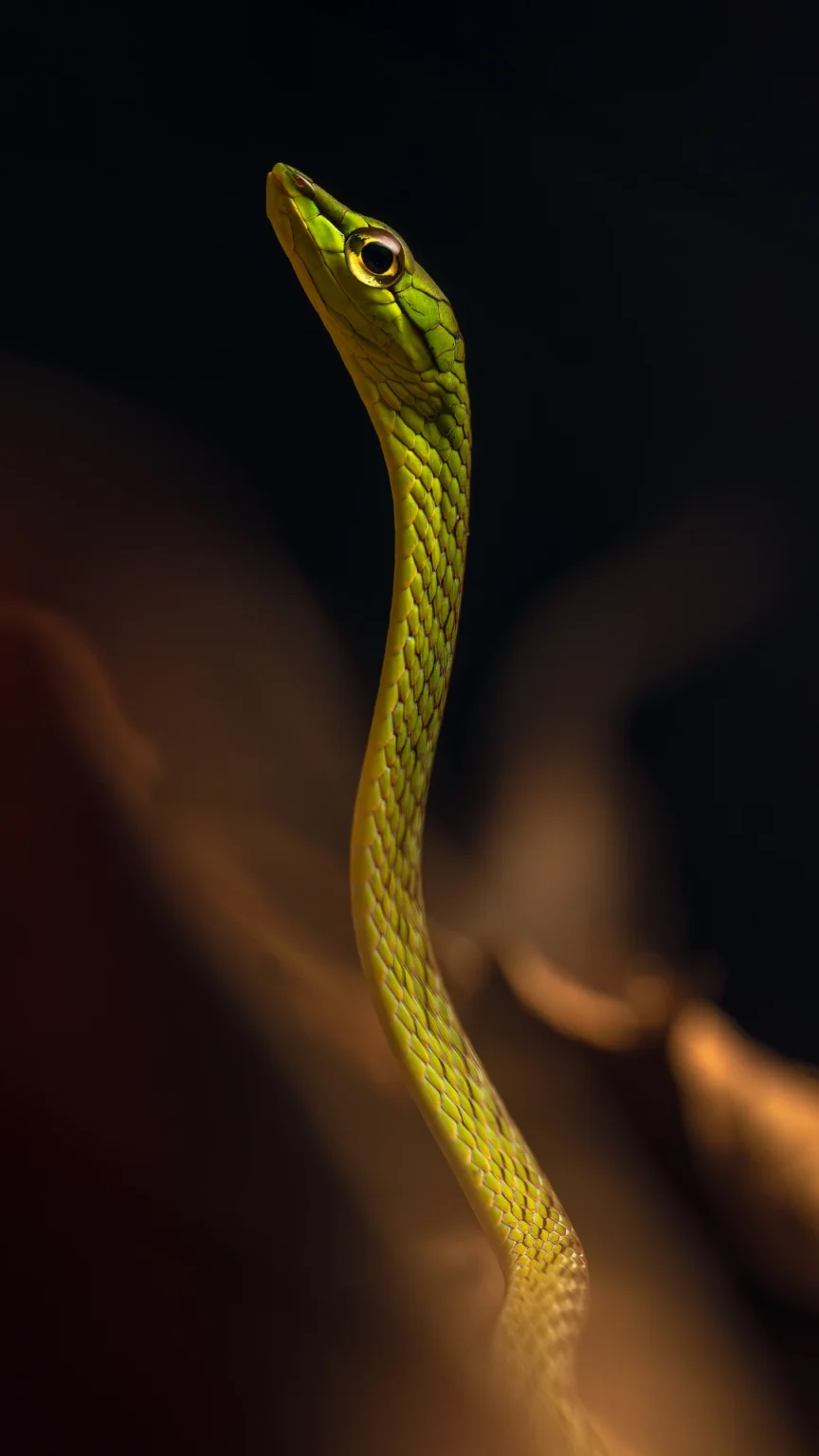
From vibrant poison frogs to elusive snakes, Colombia’s herpetofauna reflects a deep evolutionary legacy shaped by altitude, climate, and isolation. Each species in this gallery is a glimpse into why Colombia is considered a true paradise for herpers. Photos: Jhonattan Vanegas.
Key Regions for Herping in Colombia
Chocó: Home of the Golden Poison Frog
The Pacific department of Chocó is famous for its biodiversity and heavy rainfall. It’s home to the golden poison frog (Phyllobates terribilis), one of the most toxic creatures on Earth. The Emberá people have used its toxins for hunting for generations. Alongside it lives Phyllobates bicolor, the second most poisonous frog in the world, equally striking in appearance and critical to the region’s herpetological richness.

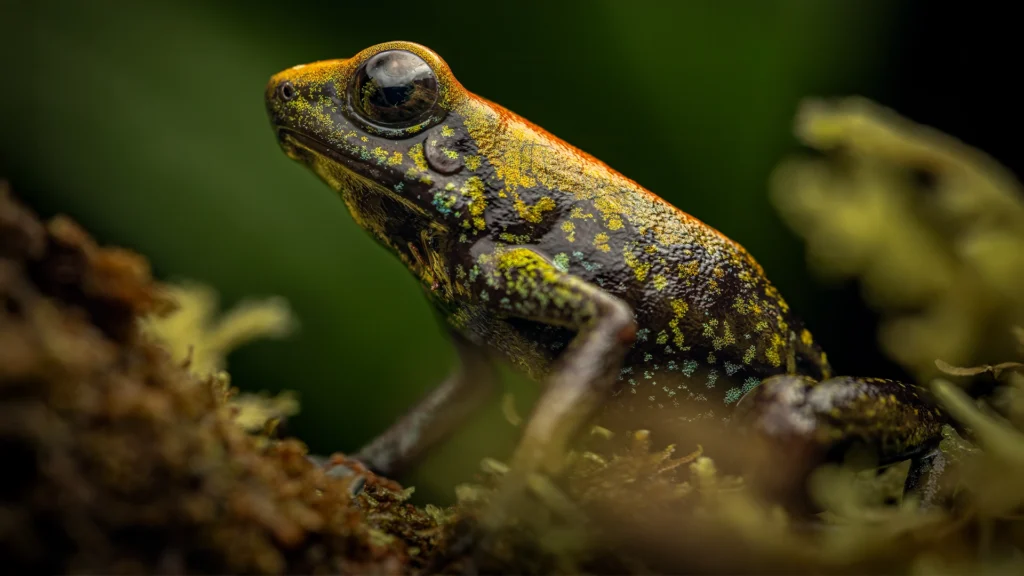

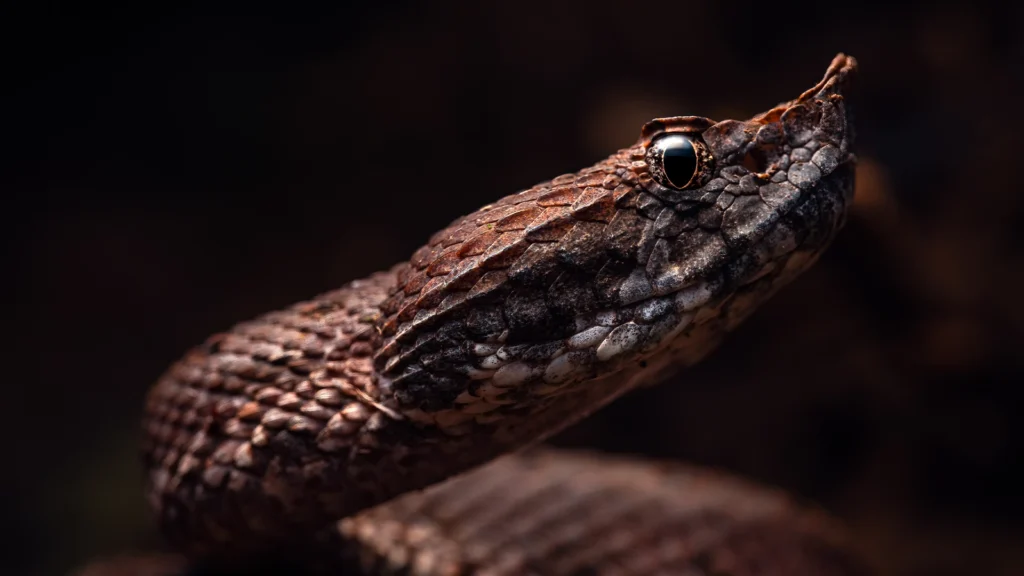
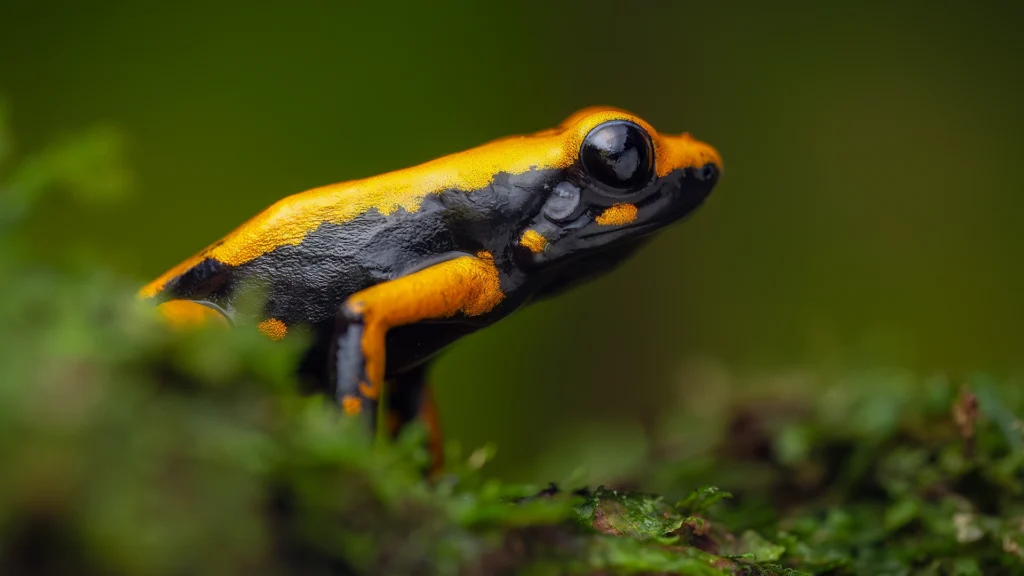
In the lush rainforests of Chocó, vivid colors often mean danger. This region is home to some of the world’s most toxic amphibians and elusive reptiles—living symbols of Colombia’s unparalleled herpetological richness. Photos: Jhonattan Vanegas.
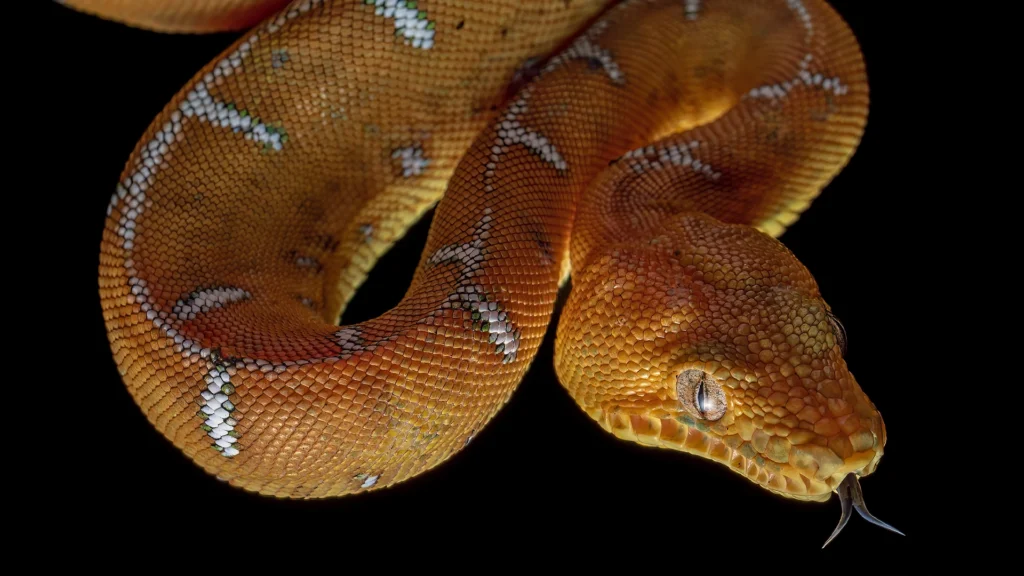
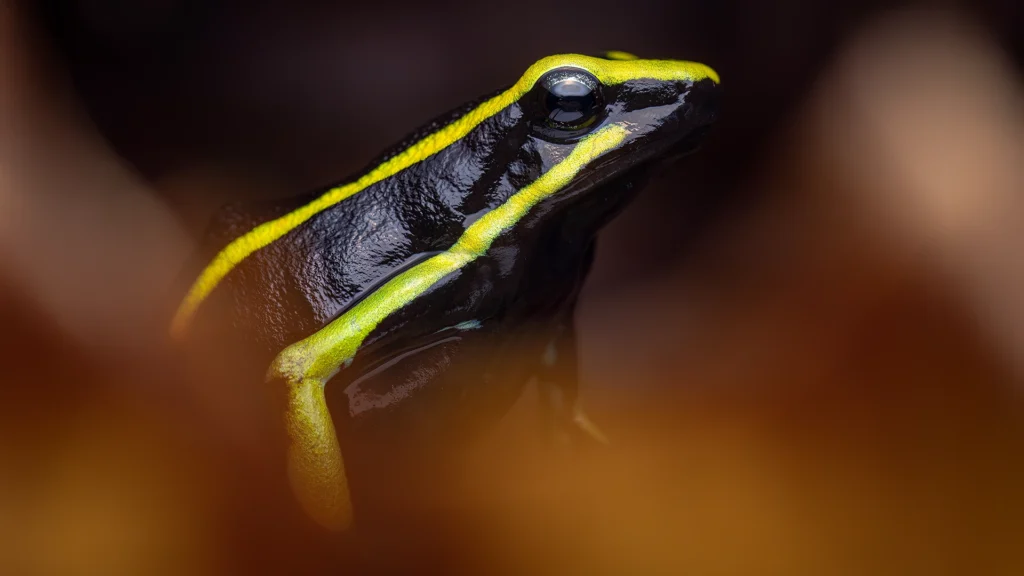
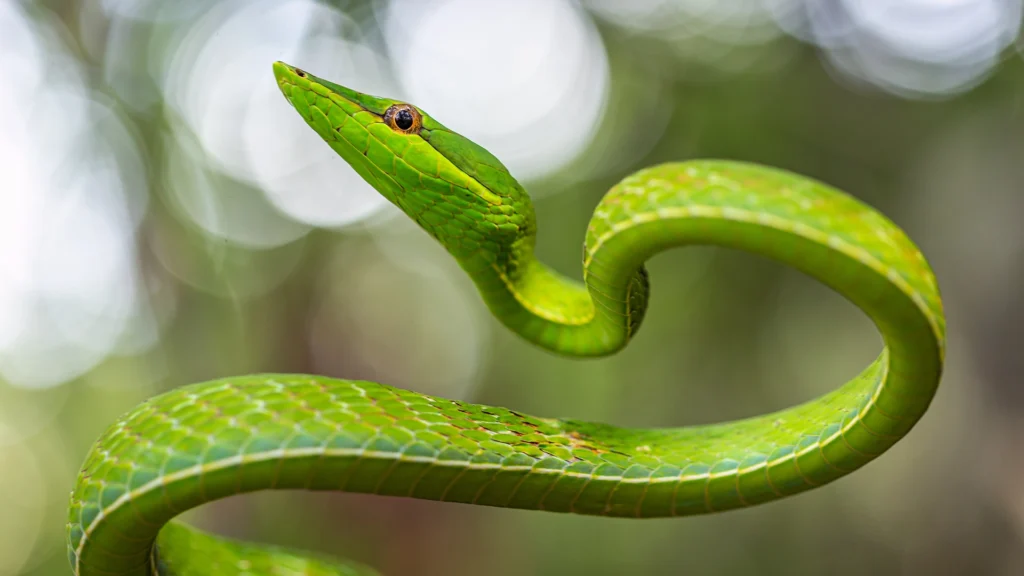
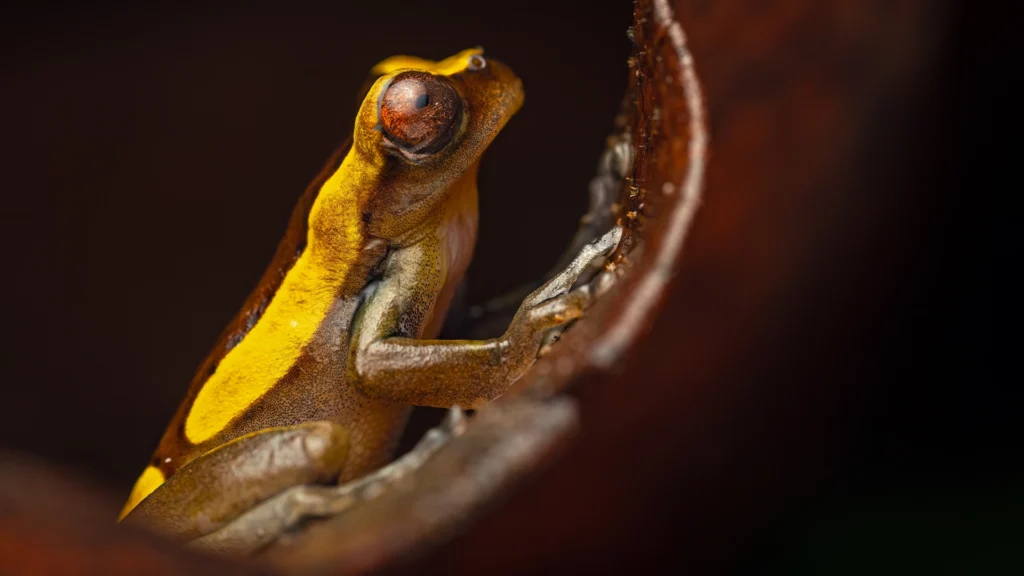
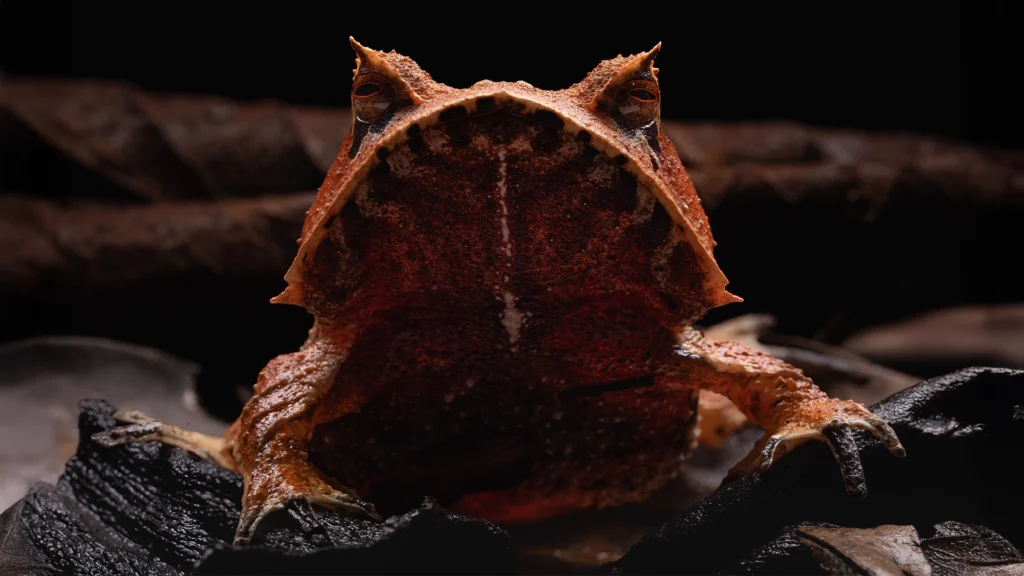
The Colombian Amazon is home to uniquely adapted amphibians and reptiles, each one a vibrant expression of the region’s rich biodiversity. Photos: Jhonattan Vanegas.
Colombian Amazon: Maximum Herpetological Diversity
The Colombian Amazon shelters unique species like Corallus batesii, a nocturnal, arboreal boa with superb camouflage, and Hemiphractus scutatus, a horned frog that secretes a white substance as a defense. These species reflect the extraordinary adaptations of amphibians and reptiles to this humid, biodiverse ecosystem.
Eastern Plains: Seasonal Ecosystems
Colombia’s Eastern Plains (Llanos) flood during the rainy season, creating ideal habitats for iconic species like the green anaconda (Eunectes murinus), the spectacled caiman (Caiman crocodilus), and the critically endangered Orinoco crocodile (Crocodylus intermedius). This dynamic environment is perfect for herping and observing aquatic reptiles at their best.


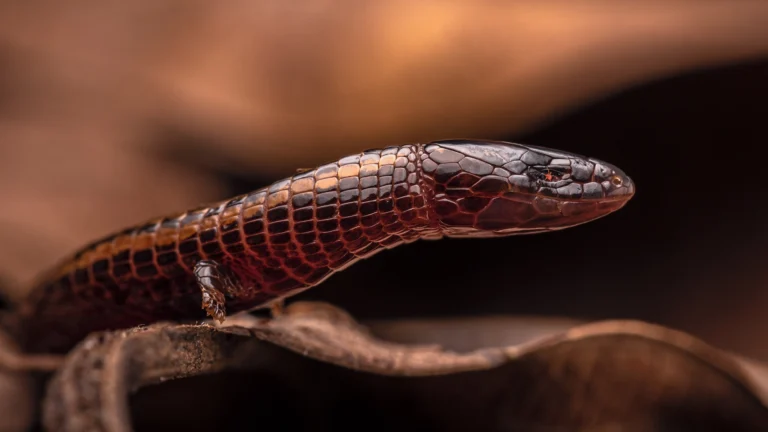
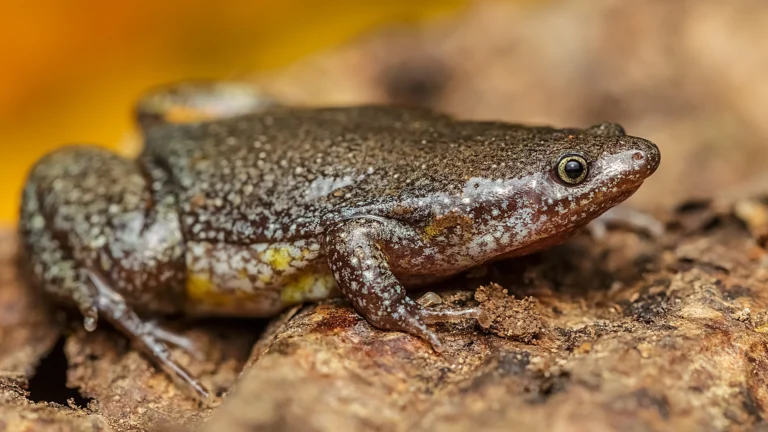

From flooded grasslands to forest edges, Colombia’s Eastern Plains host a surprising variety of reptiles and amphibians, each adapted to thrive in a landscape shaped by water and season. Photos: Jhonattan Vanegas.
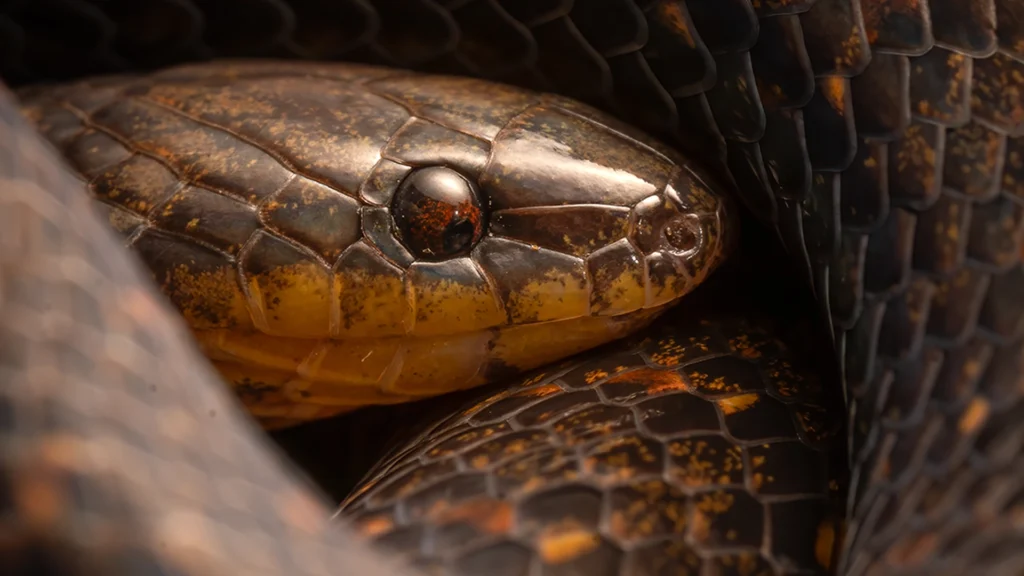
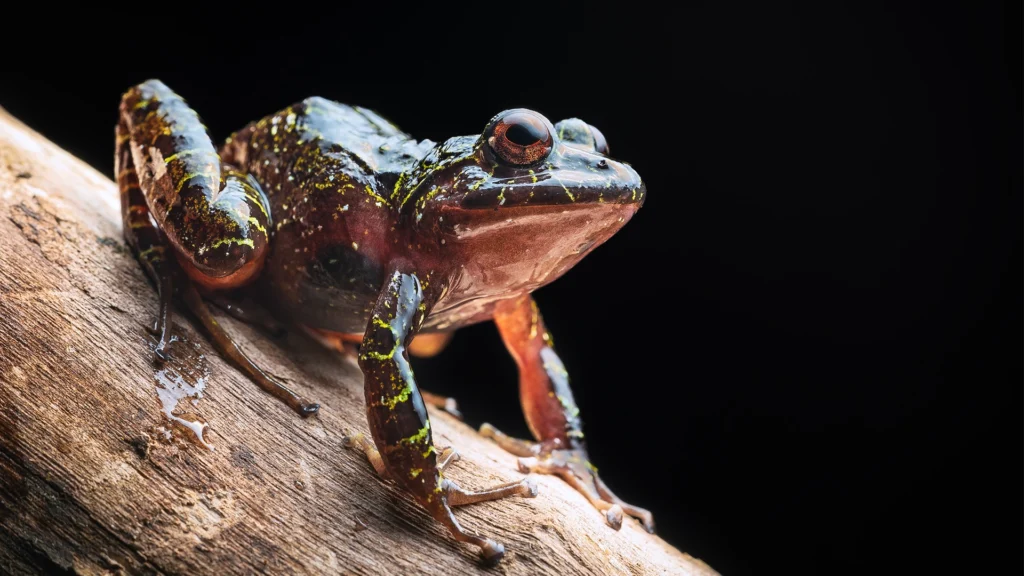
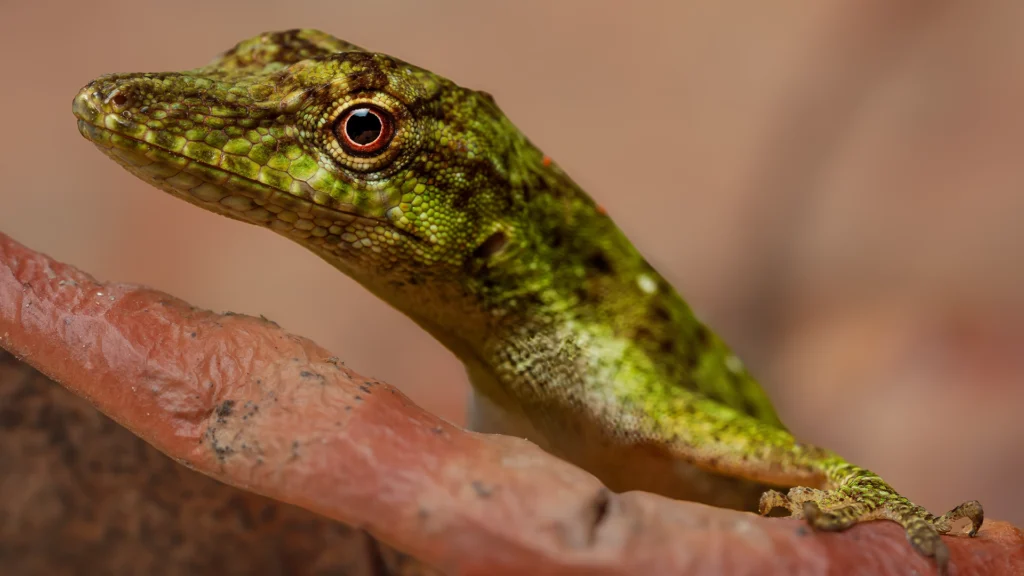

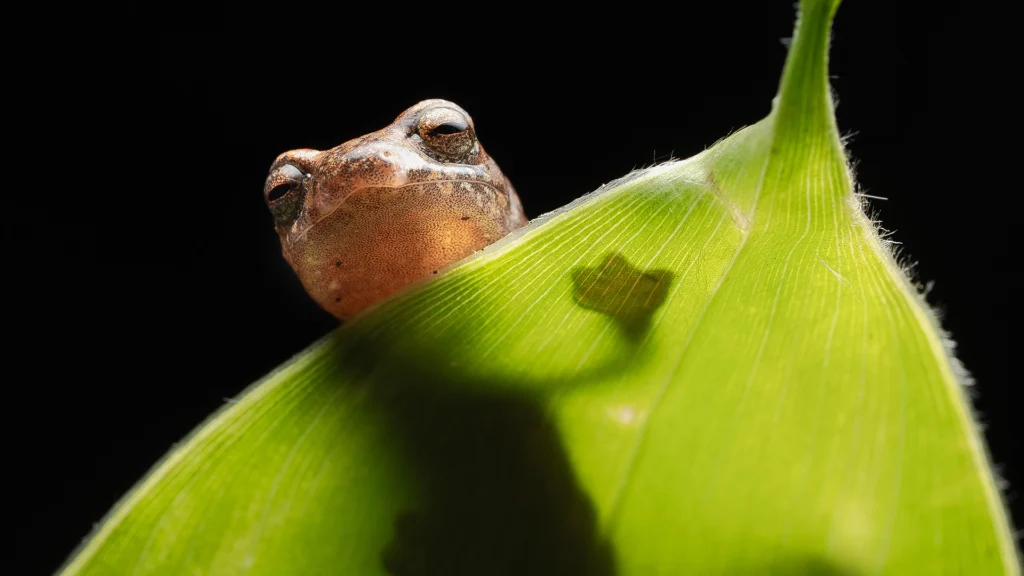
High in the isolated peaks of the Sierra Nevada, a unique community of amphibians and reptiles has evolved, found nowhere else on Earth. Each species here tells a story of endemism, adaptation, and altitude. Photos: Alejandra Maldonado y Robert Arenas.
Sierra Nevada de Santa Marta: Endemism and Altitude
The geographic isolation of the Sierra Nevada de Santa Marta has given rise to unique herpetofauna like Atractus sanctaemartae, a little-known terrestrial snake, and the colorful Pristimantis carmelitae, endemic to high-elevation cloud forests. This mountain massif is a hotspot of endemism and ideal for discovering exclusive highland species.
Iconic Amphibians and Reptiles of Colombia
Poisonous Frogs: Phyllobates Genus
Colombia harbors three Phyllobates species: P. terribilis, P. bicolor, and P. aurotaenia. These bright-colored frogs absorb toxins from their diet and are among the most poisonous animals known to science. Moreover, the dense and often unexplored rainforests where they live suggest that there are still many more related species yet to be described, hidden jewels awaiting discovery.
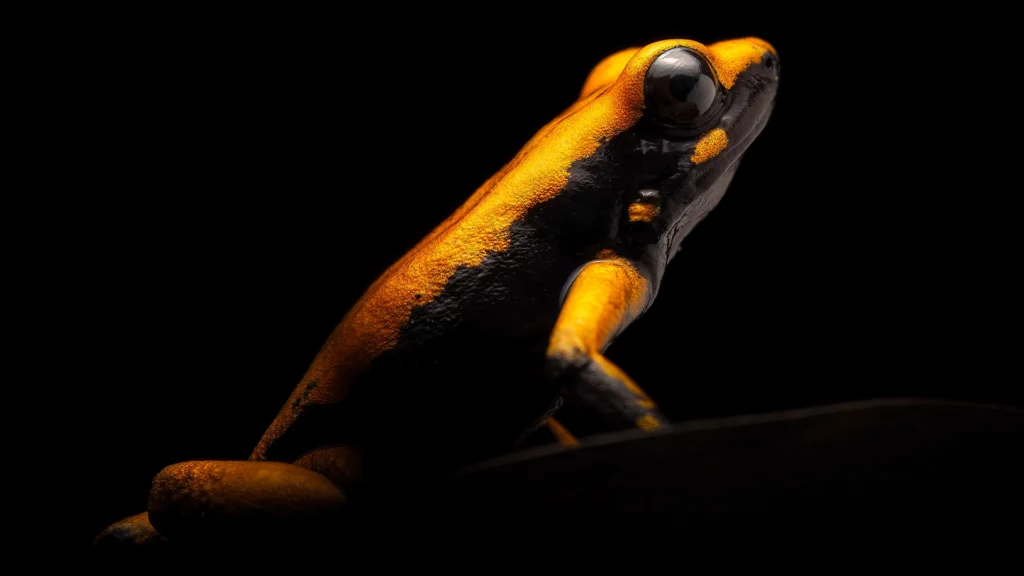
Brilliant, toxic, and still full of secrets, Phyllobates frogs are icons of Colombia’s rainforests, and a reminder that many species remain to be discovered. Photos: Jhonattan Vanegas.
Impressive Snakes: Anacondas and Eyelash Vipers
The Amazon is home to the green anaconda (Eunectes murinus), while humid forests shelter the arboreal Bothriechis schlegelii, or eyelash viper, known for its camouflage and leaf-like head scales. This small but striking viper is a master of ambush predation, often remaining motionless for hours as it waits for unsuspecting prey.
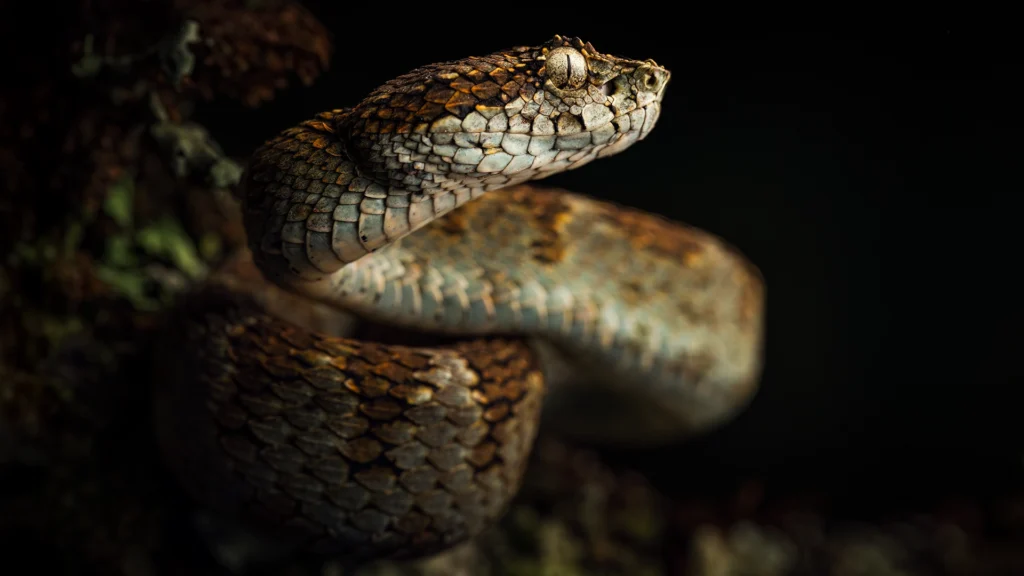
Hidden among the leaves, the eyelash viper (Bothriechis schlegelii) blends beauty and danger—an ambush predator perfectly adapted to Colombia’s humid forests. Photos: Jhonattan Vanegas.
Salamanders as Bioindicators
Salamanders like those in the Bolitoglossa genus help control insect populations and indicate environmental health, key players in ecosystem balance. Their permeable skin makes them highly sensitive to environmental changes, acting as early warning systems for habitat degradation. Found mostly in humid forests, these lungless salamanders rely entirely on their skin and mouth lining for respiration, which makes their survival closely tied to well-preserved, moisture-rich ecosystems.

Delicate yet vital, Bolitoglossa tatamae is more than a salamander, it’s a living indicator of forest health and a symbol of Colombia’s fragile, moisture-rich ecosystems. Photos: Jhonattan Vanegas.
Responsible Herping: Tips and Best Practices
Essential Herping Gear
Headlamp with a red light (or red mode) to avoid disturbing nocturnal animals. Tip: Choose a headlamp with at least 400 lumens and a rechargeable battery; you’ll need powerful light to scan trails and spot eye-shine in dense forest.
Secondary flashlight. A handheld waterproof flashlight can serve as backup or help illuminate for macro photography.
Waterproof boots. Essential for walking through creeks, mud, and wet forest trails. High-ankle models help prevent injury and leech bites.
Poncho or waterproof jacket. Sudden tropical downpours are common, even if the sky looks clear when you start. A lightweight poncho can save your gear and your comfort.
Quick-drying, long-sleeved clothing. To protect against insects, sunburn, and foliage. Avoid cotton—opt for technical fabrics.
Lightweight gaiters. Useful for extra protection from snakebites, thorns, and mud in dense underbrush or near swamps.
Dry bag or waterproof backpack cover. To protect cameras, electronics, and field guides.
Insect repellent (preferably natural). DEET-free repellents are ideal for sensitive skin and won’t damage camera equipment.
Reusable water bottle or hydration bladder. Staying hydrated is crucial, especially on night walks or in remote areas.
Snacks or energy bars. Night herping sessions can last several hours, better go prepared.
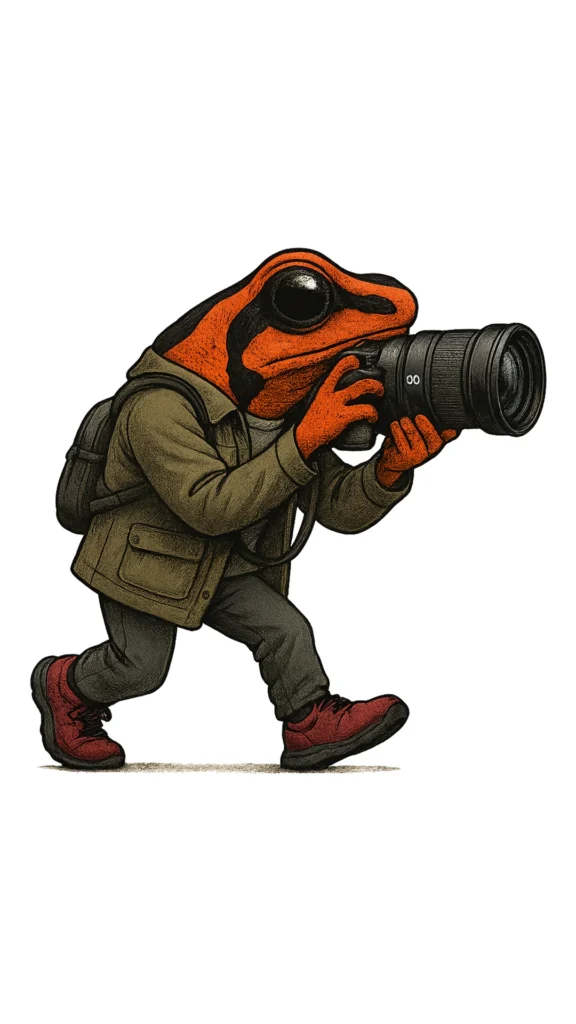
Ethical and Conservation Practices
Herping isn’t just about finding wildlife—it’s about doing so responsibly, ensuring the well-being of the animals and the ecosystems they inhabit. Here are some essential principles for a truly respectful experience in the field:
Do not handle animals — observe without interference. Handling amphibians and reptiles can cause stress, disrupt natural behavior, or even harm them—especially species with sensitive skin or small body size. Humans can also unintentionally transmit fungi, bacteria, or chemicals like insect repellent. The best shot is the one taken without touching.
Do not remove specimens or disturb habitats. Every rock, leaf, or log plays a critical role in a microhabitat. Moving them carelessly or removing individuals from their environment disrupts breeding cycles, destroys shelter, and can endanger localized populations—especially of rare or endemic species.
Stay on marked trails to minimize environmental impact. Going off-trail might seem harmless, but it compacts soil, damages delicate vegetation, and accelerates erosion. Staying on established paths helps preserve natural areas for future visitors—and for the very creatures we seek to observe.

Critically endangered and highly sensitive to human disturbance, the Orinoco crocodile (Crocodylus intermedius) reminds us that responsible herping is not just ethical, it’s essential for species survival. Photo: Jhonattan Vanegas.
Best Times and Climate Conditions for Herping
Ideal Time of Year
The rainy season—from April to November—is when amphibians and reptiles are most active in Colombia. Moist conditions trigger breeding behaviors, increase movement, and make it easier to find species near trails, streams, and leaf litter. For herpers and photographers, this season offers the highest chance of successful sightings.
Frogs call, snakes hunt, and salamanders emerge—making the forest come alive after dark.
Regional Climate Considerations
- Chocó: Rain Year-Round. One of the wettest places on Earth, Chocó experiences constant rainfall. Expect muddy trails, slippery slopes, and high humidity.
✔️ Bring waterproof boots, fast-drying clothes, and a rain cover for your gear.
- Amazon: Intense Humidity and Biodiversity. The Amazon is hot and humid year-round. It’s a herping paradise but comes with biting insects and sudden downpours.
✔️ Use natural insect repellent, wear breathable layers, and pack a poncho.
- Llanos: Seasonal Flooding. In the rainy season, vast areas of the Llanos flood, creating prime habitats for aquatic reptiles, but also limiting road access.
✔️ Plan logistics carefully, travel with experienced local guides, and check flood levels.
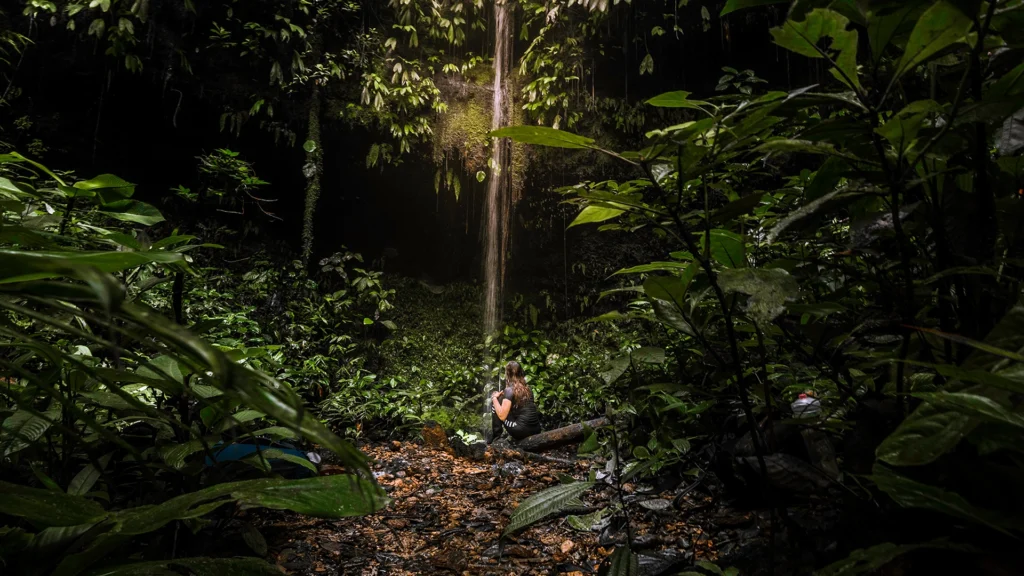
The rainy season transforms Colombia’s forests into a living stage, where mist, water, and silence are broken only by the calls of frogs and the rustle of reptiles awakening. Photo: Gustavo Acosta.
Herping with Keeping Nature Tours: Education Meets Adventure
Learning While Exploring
Our tours merge photography, scientific education, and conservation. Participants gain deeper insight into amphibian and reptile ecology while exploring Colombia’s most remote habitats.
Tailored for Photographers and Nature Lovers
Each expedition is designed to offer stunning photo opportunities, field instruction, and a respectful approach to wildlife observation guided by local experts.

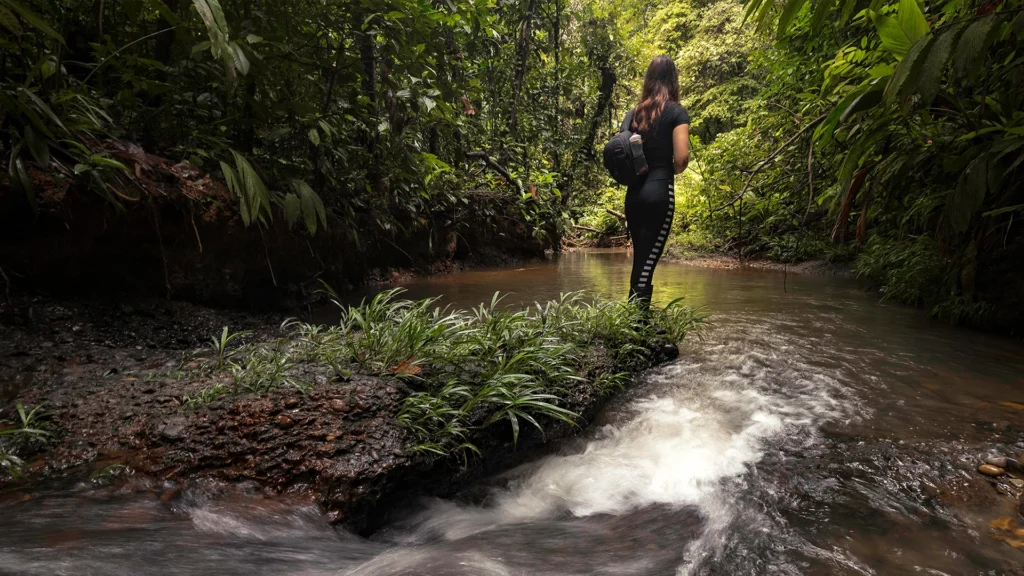
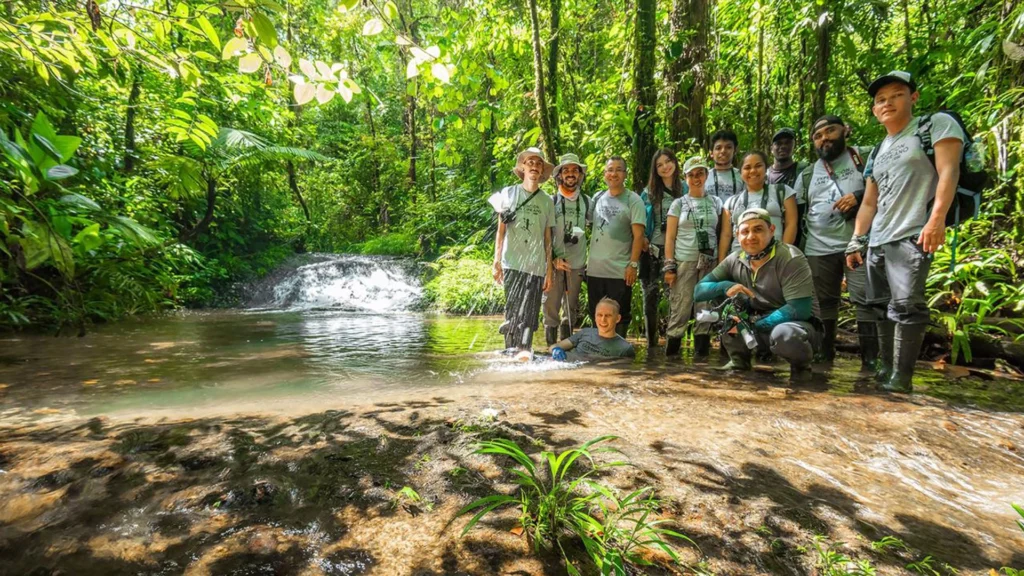

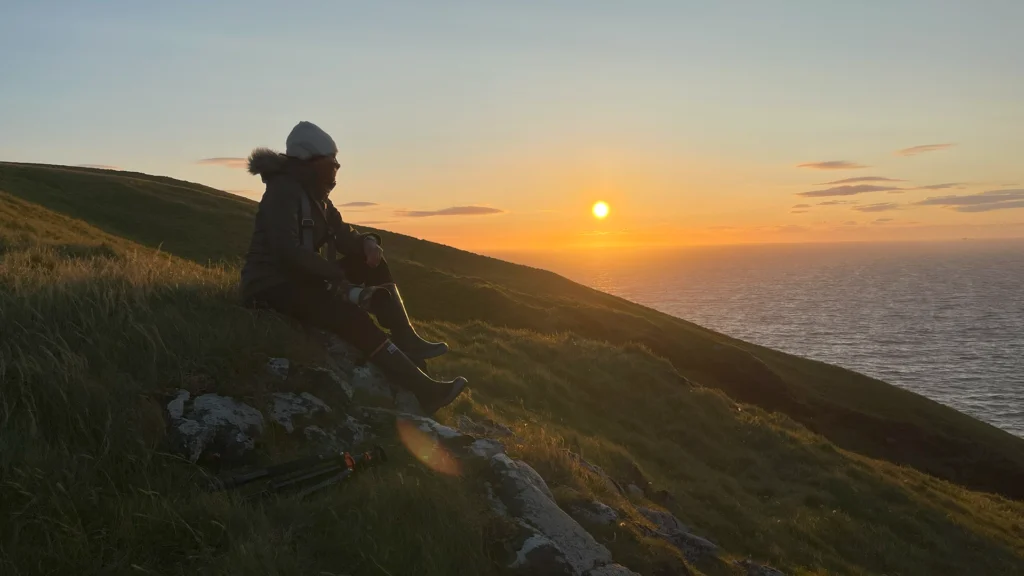
Each expedition with Keeping Nature Tours is a journey of discovery, where photography, science, and wild beauty come together to deepen our connection with Colombia’s hidden biodiversity. Photos: Gustavo Acosta y Federico Espinosa.
